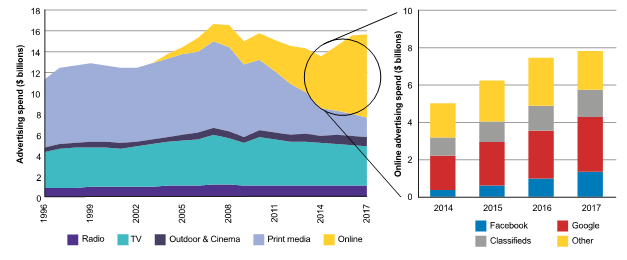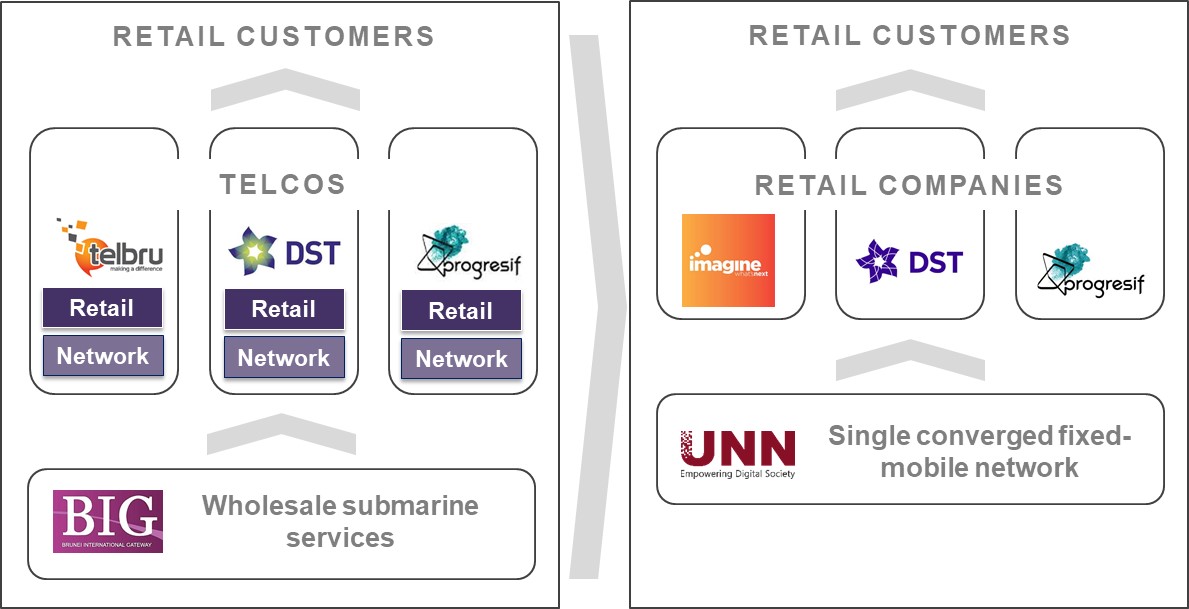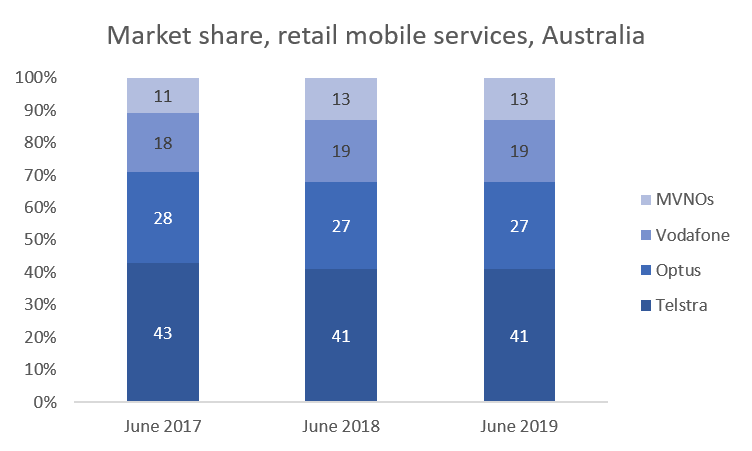
The impact of policies, regulation, and institutions on ICT sector performance
25.08.2020Introduction The current crisis has brought new challenges to the ICT sector. Regulatory frameworks need to be adjusted to stimulate investment while maintaining a moderate level of competition. Markets and consumer benefits are now examined by decision-makers through the lens of financial adversity and uncertain outlooks. Amid disruption, policy-makers and regulators need evidence-based guidance that provides a solid ground for their reforms. A new ITU study has used econometric modelling to examine the impact of the regulatory and institutional frameworks on the performance of the ICT (Information Communication Technologies) sector and its contribution to the national economy as a whole.…
Read »





